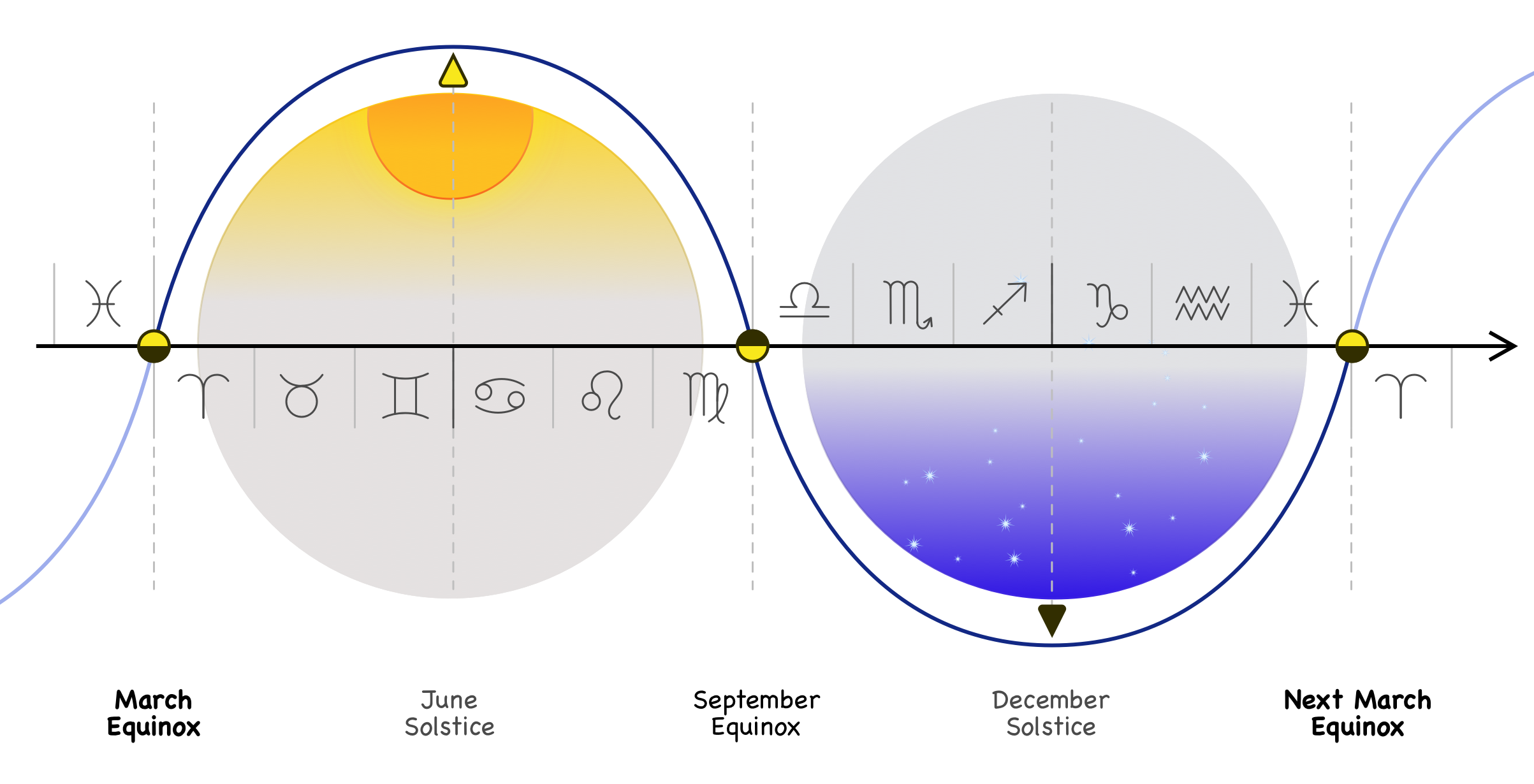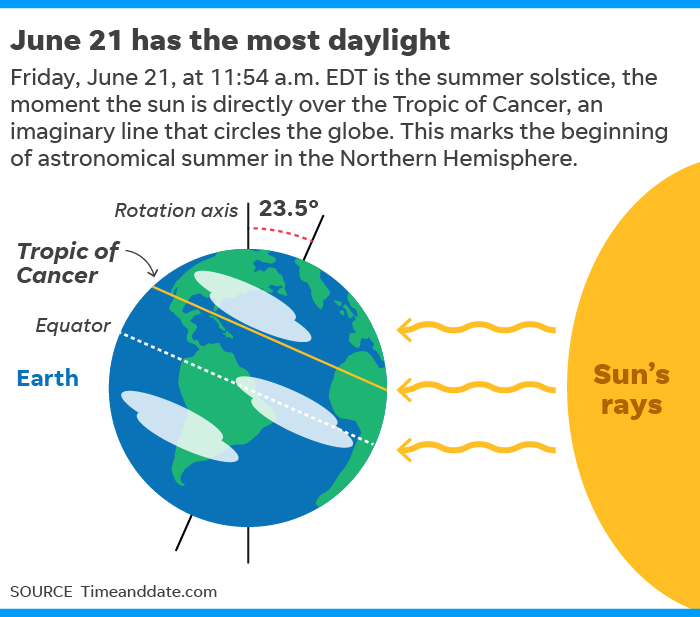
The Tropic of Capricorn is directly exposed to the sun’s rays. The Tropic of Cancer is directly exposed to the sun’s rays. The Southern Hemisphere experiences its longest day and shortest night during the winter solstice. The Northern Hemisphere experiences its longest day and shortest night during the summer solstice.

Summer Solsticeĭuring the summer solstice, the North Pole is tilted towards the Sun.ĭuring the winter solstice, the South Pole is tilted towards the Sun. The following are the differences between summer and winter solstices. Difference Between Summer Solstices and Winter Solstices As a result, everyone in the southern hemisphere will experience their longest daylight hours this time. The noon position of the Sun is directly overhead at 23.5-degrees (the Tropic of Capricorn). On or around 21 December, the south pole faces the Sun, while the north pole points away. There are few daylight hours left on this day, as the day is the shortest of the year. Winter Solstice, also known as the December solstice, is observed between December 20 and 23. The north pole points toward the Sun, whilst the south pole points away, resulting in the longest day in the northern hemisphere. The sun’s rays are at their maximum intensity, and the most sunlight is available during this time. The summer solstice, also known as the June solstice, takes place around June 20-22 and is the year’s longest day. During the solstices, Earth’s tilt is at its greatest angle to its orbital plane, resulting in one hemisphere receiving greater amounts of daylight than the other. Two types of solstice are summer and winter solstice. Although the Sun never appears to be stationary throughout the year. The word solstice originated from the Latin word sol, meaning ‘Sun,’ and sisto, meaning ‘to stand still. Winter Solstice and Summer Solstice refer to the shortest and longest days of the summer and winter seasons. Difference Between Summer Solstices and Winter Solstices.Largest Settlement within 0.5° of the given latitude Hours & mins of daylight on the Winter Solstice Hours & mins of daylight on the Summer Solstice The hours and minutes vary slightly from year to year. The hours and minutes given on this chart are approximate. At 84° 34', there is no twilight at all, and is complete night for 24 hours.

At 78☃4', the brightest is gets is astronomical twilight. The brightest it gets is nautical twilight. At 72☃4' on the winter solstice, there is no civil twilight during the day. At 65☄4’, its daytime all day.Īt 67☂4’ on the winter solstice, there is no daylight during the day. At 60.561° (60☃3′43″), the darkest it gets is civil twilight. At 54.561° (54☃3′43″), the darkest it gets is nautical twilight. The darkest it gets on that day is astronomical twilight. And night is anytime when the sun is eighteen or more degrees below the horizon.Īt 48.561° (48☃3′43″) from the equator, there is no night on the summer solstice. Daytime is anytime between sunrise and sunset. Astronomical twilight is when the sun is twelve to eightteen degrees below the horizon. Evening civil twilight begins at sunset Nautical twilight is when the sun is six to twelve degrees below the horizon. Civil twilight is when the sun is zero to six degrees below the horizon.

The exception is when a place is in 24 hours of daylight or darkness. The hours of twilight tend to be greatest in the polar regions, with the least twilight being in the equatorial regions. The North Pole and its vicinity is experiencing night all day, while the South Pole and vicinity is experiencing daytime all day. The North Pole and its vicinity is experiencing daylight all day, while the South Pole and vicinity is experiencing night all day.Īround December 21-22, the Northern Hemisphere is experiencing the Winter Solstice, and the Southern Hemisphere is experiencing the Summer Solstice. It varies the most on the solstices, and varies the least on the equinoxes.Īround June 20-21, the Northern Hemisphere is experiencing the Summer Solstice, and the Southern Hemisphere is experiencing the Winter Solstice. The amount of daylight hours vary by latitude.


 0 kommentar(er)
0 kommentar(er)
